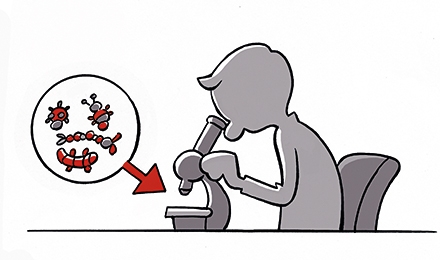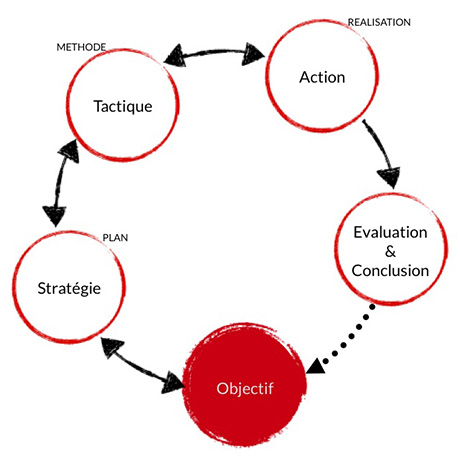
In general, risk analysis is based on the presence of contaminants found in soil and water samples, the concentration standards of which are established according to different investigations.
Bioavailability and bioaccumulation are indicators of potential risk. The eco-toxicological analysis will provide clarity about the ecological threats of the investigated compounds. Direct measurement is done by observing certain, selected organisms in contact with the contaminant sample, under predetermined, standard circumstances. If these organisms thrive, it represents a healthy environment, whereas in a heavily contaminated environment the micro-organisms will wither. The speed with which the organisms perish, and the number of surviving individuals indicates the level of risk, and makes the establishment of environmental concentration standards possible.
Keywords
Diagnostics

The first phase consists of working with you in deciding which information is necessary in regards to your needs and how we can offer the best results in a cost effective manner. We’ll then determine which approach would offer the best results in your particular case.
On the basis of a more detailed site investigation, we can refine the chosen approach. We can then implement the selected strategy.
After completing our work, we thoroughly evaluate the results. If necessary we will then perform additional research to either confirm or disprove the results.
